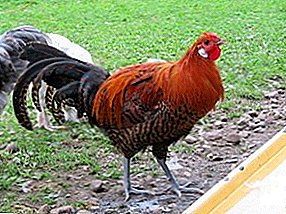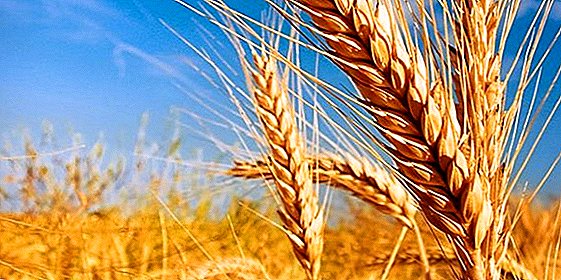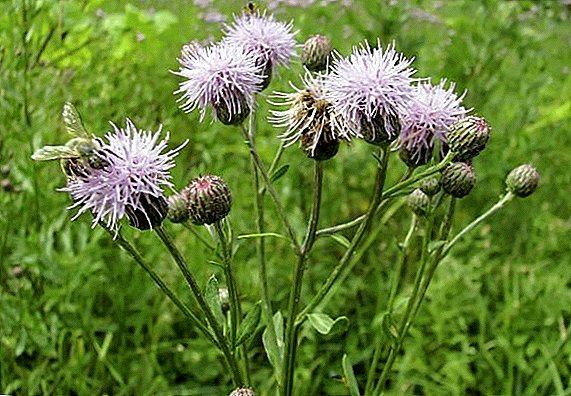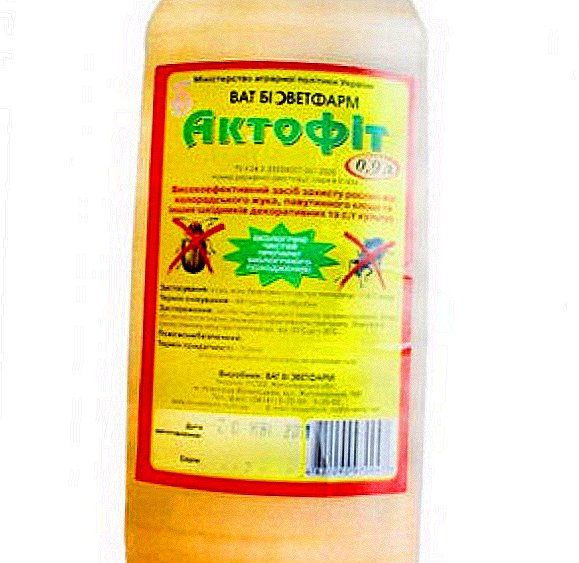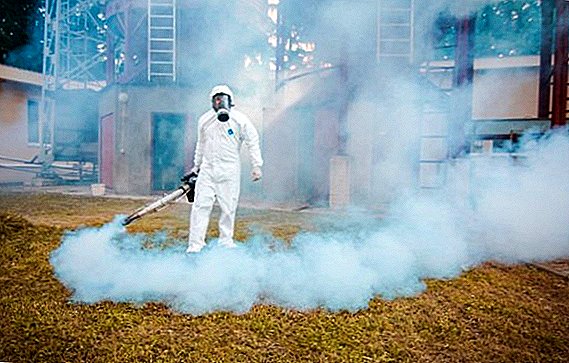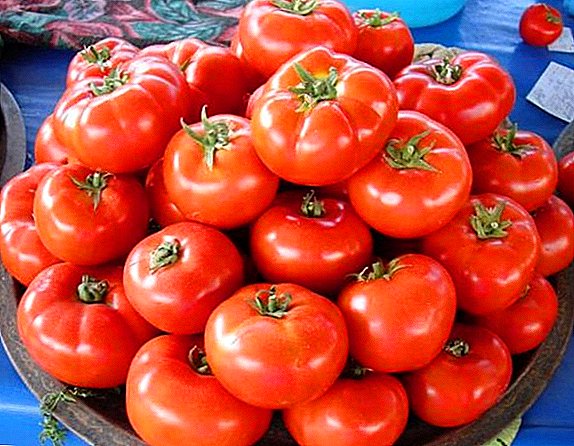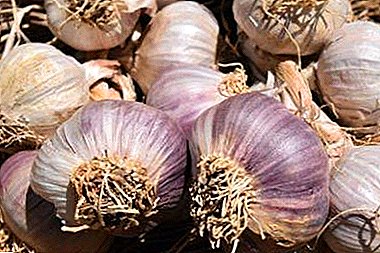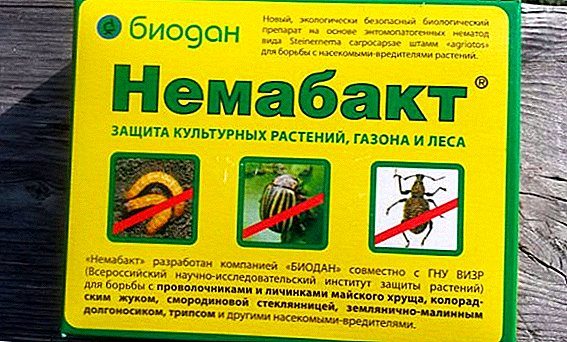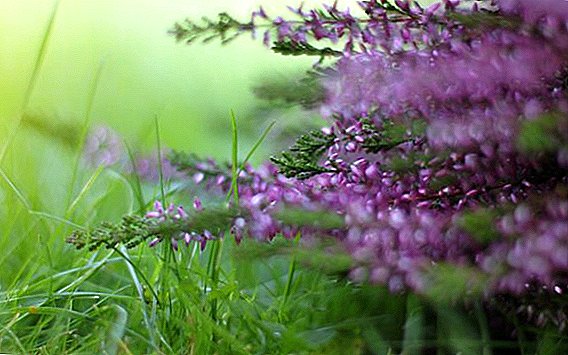 This is an unusual, exotic, amazing for its sometimes huge size and delicious mushrooms. And it only remains to wonder how, with its high prevalence, they are so little known.
This is an unusual, exotic, amazing for its sometimes huge size and delicious mushrooms. And it only remains to wonder how, with its high prevalence, they are so little known.
Mushroom umbrella edible or not?
A true umbrella mushroom is quite edible. Many gourmets claim that he has an amazing mushroom taste and aroma of chicken meat. In the dish they use only a hat, and the leg is thrown away.
Where they grow and what edible umbrellas look like
The name justifies itself: the formed mushroom can be 45 cm long, and the diameter of the open cap over 45 cm - well, what is not an umbrella, however, is children's. Hats for the most part are covered with scales, only the middle part is smooth with a darker color. Hollow smooth or ribbed legs with three-layered rings, moving freely up and down.
Edible mushrooms such as aspen weed, white podgazdki, boletus, russula, champignons, mokhovik, svinushki, black milk mushrooms, porcini mushrooms, and mushrooms are sources of biologically valuable food components: proteins, fats, carbohydrates, vitamins and microelements.

Umbrellas are growing on the Eurasian continent, in the North of Africa, in Australia and America, in open enough lighted areas, in soil rich in humus. You can collect them from July and right up to late autumn, until the last days of October in mixed deciduous or coniferous forests. There they live in small colonies or singly.
Did you know? Mushrooms are on average 90% water.
White
Another name is a field mushroom umbrella. His hat is usually white-gray, sometimes pale yellow or beige, fat with lagging scales. The size of the cap in diameter is from 7 to 13 cm; in the form of young mushrooms, the cap is egg-shaped, then gradually becoming almost flat, bordered at the edges by dull-white fibers. In the center, a brown tubercle is clearly visible. The plates on the back of the cap are numerous and loose, if the mushroom is old - brown or with brown tint. 
The leg is cylindrical, hollow inside, from 4 to 14 cm high. Slightly curved, white to the ring, darker below. When touched, it turns brown.
The flesh is white with a pleasant aroma, if cut or cut, the color does not change.
They grow from the second half of June until the end of October, love the clearing, edges, meadows and pastures.
Blushing
His hat may be beige, light brown or gray. The flakes on the cap are fibrous. Initially, the cap is also egg-like, but as it grows it takes the form of a bell and finally forms a flat, tucked edge. The diameter of the cap is from 7 to 22 cm. The color of the plate is white or pale yellow, and if pressed, an orange, pink or rosy color will appear. 
Leg hollow, in the form of a cylinder, tapering upwards, from 6 to 26 cm long.
The flesh is white, fragile and fibrous, with a pleasant smell.
The reddening umbrella fungus grows from the second half of June to the first days of November in deciduous forests, can be found in clearings, meadows, as well as in parks and squares of cities.
Motley
A variegated gray or beige fiber hat with dark brown scales. Initially, the ball- or egg-like form, as it grows, takes the shape of a cone, fully formed — very similar to an umbrella. Curved to the inner edge, on top - a round dark mound. White or light gray numerous plates are easily separated from the cap. The plates are white or light gray, numerous. 
Brown leg - from 10 to 35 cm, homogeneous, inside the hollow, cylindrical shape, to the cap tapers slightly. From the cap is easily separated.
The flesh is white and loose, with a faint pleasant mushroom smell, tastes like champignon or walnut.
It grows from the second half of June to the first days of November. Likes sandy soils of forest meadows or forest edges, but is also found in cities - in parks and squares.
Important! Do not collect edible umbrellas near the highways, businesses and landfills - these mushrooms absorb toxic substances and thus dangerous to humans.

Inedible species
These false mushrooms are very similar in appearance to edible ones, but their poisonous properties are extremely dangerous for humans, even fatal. And the most dangerous of them are the crest umbrella and chestnut umbrella.
Familiarize yourself with such inedible mushrooms, such as black milk mushrooms, russules, aspen mushrooms, svinushki, and sham beetles.
Comb
This one is from the family of champignons, its hat is from 2 to 5 cm in diameter, in young people it is similar to a bell, and in those who have formed it is already open, with yellow-orange peaked scales on top of the cap. The colors of the cap are red-brown, with a diameter of up to 5 cm.
The leg of an inedible mushroom is very thin, half a centimeter in diameter, hollow, cylindrical, expanding at the base, 7 to 10 cm high. The ring is white or pink, narrow, disappears very quickly. The color of the legs in the spectrum from yellow to pale yellow. 
The flesh of the comb umbrella is white with fibrous specks. The smell is unpleasant and sharp.
Chestnut
This species is also called lepiota chestnut. Also from the family of champignon. Red or brown cap with a diameter of 2 to 4 centimeters. Initially ovoid, then - sprawled, on top - scaly, with small solid chestnut scales. The plates gradually turn yellow.
Leg cylindrical, expanding downwards. The ring is white, but disappears with time. 
The flesh is reddish or brown, which can be clearly seen when incised, with an unpleasant smell. When touched, it is extremely fragile.
Brown red
Other names are scaly lepiota or brown-red lepiota. Deadly poisonous fungus, containing in its composition cyanides.
Cap diameter - from 2 to 4 centimeters, there are up to 6 centimeters. Flat, may be open with a bulge, pale yellowish or gray-brown with a tint of cherry color. The edges are a little down. On top of the hat in the form of concentric circles dark scales, merging in the center and forming a dark red solid coating. 
A short cylindrical leg with a characteristic fibrous ring in the middle. The color of the legs above the ring is creamy, and below the ring is dark cherry.
The pulp is compacted, at the top of the legs and in the cap is pale yellow, the legs are dark red at the bottom. The smell of young mushrooms - fruity, the old or dry - sharply unpleasant bitter almond.
Fleshy red
The hat is alo-pink, in young mushrooms it is bulged out in the center with a tubercle, in mature ones it is even, open. On the faults of the cover there are small silky scales. The plates are white, free.
Leg smooth, somewhat thickened at the bottom. At young fibrous pale pink, at ripened - smooth red. The ring, resembling a bracelet, slipping.  The flesh is white, loose, if notched, it becomes light pink.
The flesh is white, loose, if notched, it becomes light pink.
Important! If you are not sure what kind of mushroom it is - you can’t touch it!
The main differences: how to choose edible mushrooms
There are no 100% ways to distinguish edible mushrooms from dangerous ones by sight, however there are signs by which you can find out a good and safe mushroom umbrella:
- The first and most important feature - the mushroom must be fresh.
- Hat in diameter from 8 to 25 (maybe up to 35) centimeters.
- The leg is thin and elongated (in height from 10 to 25 centimeters and in diameter from 0.8 to 2 centimeters, thickened downward with frequent small scales. The leg should be free to move up and down and back foil ring.
- An absolutely edible mushroom must be large, with a cap of at least 25 centimeters.

A few more tips: take only what is well known; do not touch small mushrooms if it is difficult to determine by their appearance what kind of mushroom; Do not touch portions of mushrooms.
Mushroom storage rules
Fresh need to be stored in the refrigerator in an open container or paper packaging for access of air, but in this case they need to eat for one or two days. Another way is to pickle. Umbrellas to clean, rinse, pour salt and put under pressure in a cool place. The shelf life of salted umbrellas is from two to three months. You can also freeze, but the temperature should be no higher than minus 18 degrees. In frozen form, umbrellas are stored from four months to six months. And you can just dry, then the umbrellas will retain their properties for about a year. 
How to cook umbrellas in batter
The process of cooking umbrellas in batter is completely simple and does not take much time. The main thing - knowledge, how to cook. About this and tell.
Grocery list
For the preparation of umbrellas in batter will require:
- the opened hats of umbrellas;
- chicken eggs;
- salt;
- pepper;
- Italian Provence herbs (optional);
- umbrellas dried in natural conditions (if any);
- flour;
- vegetable oil.
Cooking recipe with photo
- Cut off the opened caps of umbrellas - 7 pieces.
- Remove from the caps (if left) parts of the legs, then wash the caps well and dry.

- Cut each hat in two.

- Smash two chicken eggs in a deep bowl.

- Add to the eggs a teaspoon with a "hill" of salt and spices (to taste).

- Add half a teaspoon of pepper and a pinch of Provencal herbs (to taste).

- Crumble the cap of a naturally dried umbrella (if any).

- Mix evenly with a kitchen whisk.

- While mixing, gently add flour in proportion to one egg - one tablespoon of flour.

- Stir until the lumps disappear.
- Dip the mushrooms in the finished batter and fry in vegetable oil at a short distance from each other in the pan.
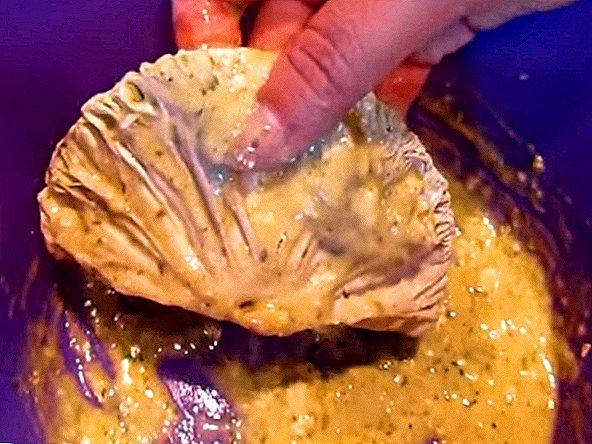
- Fry for three to four minutes on each side.

Video: how to cook a mushroom umbrella
What is the benefit of mushroom umbrellas
The benefit of umbrella fungi is determined by the chemical composition, which contains a large number of useful bioactive substances. Because of their low calorie content, they contribute to weight loss, due to their low glycemic index they activate the digestive process and thereby saturate and also clean from slags.
Benefit the digestive process: bathing, calendula, sage (salvia) meadow, linden, chervil, lyubka double, cress, yucca, dodder, viburnum buldenezh, goldenrod, onion-slyzun, peanuts, oregano (oregano) and kale.In addition, mushroom umbrellas:
- have an antitumor effect;
- neutralize bacterial activity;
- rejuvenate the body cells;
In addition to the umbrella fungus, the following plants also have a positive effect on the nervous system: peony, white martian (quinoa), buttercups, dried bananas, belladonna, acai berry, yellowgrass, chicory, wormwood, and hellebore.

Did you know? Due to its bactericidal properties, the powder from the dried legs of the umbrella cleans and heals the air in the living room.
Composition
Umbrella generously nature endowed with healing substances, in it:
- proteins - 2.4 g;
- fat - 1.3 g;
- carbohydrate - 0.5 g;
- ash compounds - 1.2 g;
- saturated fatty acids - 0.2 g;
- Vitamin PP (NE);
- Vitamin B1 (thiamine):
- vitamin B2 (riboflavin);
- vitamin B3 (nicotinic acid);
- Vitamin B6 (pyridoxine);
- vitamin B9 (folic acid);
- vitamin C (ascorbic acid);
- vitamin E (tocopherol);
- vitamin k (phylloquinone).

In addition, the umbrella is rich in trace elements - sodium, calcium, iron, magnesium, phosphorus. It is not deprived of amino acids, their 17, and among them are important for the human body glutamine, tyrosine, leucine, arginine.
Beneficial features
The systematic use of umbrellas will allow you to feel the positive changes in health. And this is due to the useful properties of umbrellas, with which it happens:
- improvement of the cardiovascular system;
- reduced nervousness;
- increasing resistance to infectious diseases;
- reducing the risk of getting cancer;
- activation of the immune system;
- antioxidant effect.
Like the fungus-umbrella, the following plants are also used for diseases of the cardiovascular system: carrots, radishes, calendula, hawthorn (glod), silver goof, basil, eggplants, aconite, filberts, gumi (many-flowered mulberry) and yasenets (burning burner) .

Harm and contraindications
Although the umbrella has many useful properties, it can nevertheless do much harm. The fungus is contraindicated for people suffering from intestinal, liver or pancreas ailments, it will be harmful for small children under five and for women during lactation.
And it can harm healthy people if they eat too much - the result will be stomach pain, flatulence and cramping.
Umbrella mushrooms - an infrequent delicacy on the tables. Nevertheless, one can cook the most delicious and healthy delicacies from them, which will generously enrich the human body with vitamins and other healing substances.
Feedback from users of the network about a useful lesson - collecting mushrooms
ksesha4ka














